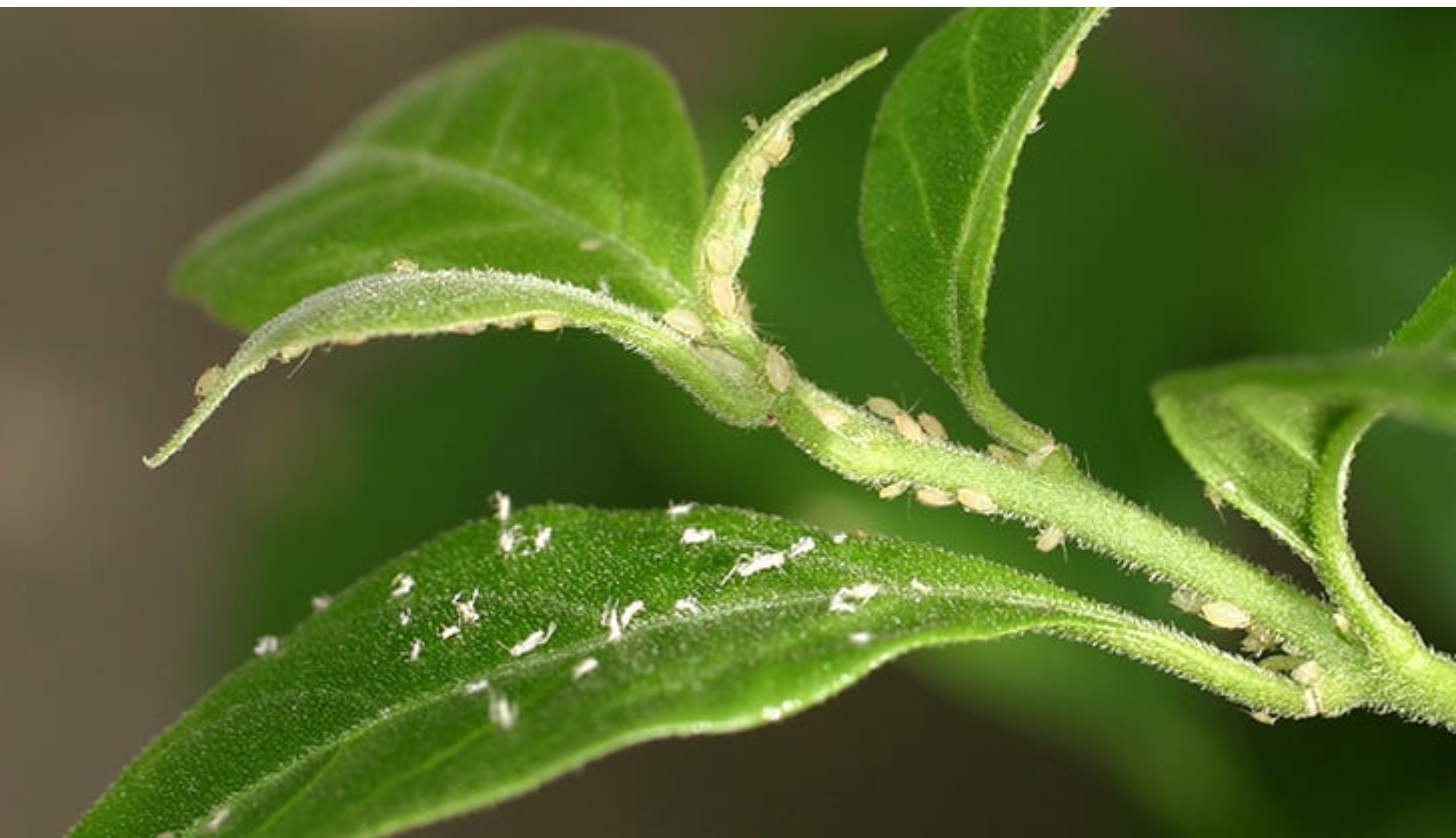
Best pest-resistant plants for a bug free yard
20 pest-resistant plants to create a bug-free yard, offering a variety of options for different climates and garden styles:
Herbs
-
Lavender
- Repels: Mosquitoes, flies, and moths.
- Bonus: Lovely fragrance and vibrant purple blooms.
-
Basil
- Repels: Mosquitoes, flies, and thrips.
- Bonus: Fresh leaves for cooking!
-
Rosemary
- Repels: Mosquitoes, cabbage moths, and carrot flies.
- Bonus: A hardy, fragrant addition to your garden.
-
Mint
- Repels: Ants, mosquitoes, and flies.
- Bonus: Great for teas and drinks.
-
Lemon Balm
- Repels: Mosquitoes.
- Bonus: Citrus scent adds a fresh vibe.
Flowers
-
Marigolds
- Repels: Mosquitoes, aphids, and nematodes.
- Bonus: Bright blooms attract pollinators.
-
Chrysanthemums
- Repels: Ants, ticks, and roaches.
- Bonus: Contains natural pyrethrin, an insecticide.
-
Petunias
- Repels: Aphids, tomato hornworms, and squash bugs.
- Bonus: Colorful and easy to grow.
-
Geraniums
- Repels: Mosquitoes and cabbage worms.
- Bonus: Comes in a variety of colors.
-
Zinnias
- Repels: Mosquitoes and aphids.
- Bonus: Low maintenance and butterfly-friendly.
Grasses and Shrubs
- Citronella Grass
- Repels: Mosquitoes.
- Bonus: Natural source of citronella oil.
- Lemongrass
- Repels: Mosquitoes and other flying insects.
- Bonus: Can be used in cooking.
- Sage
- Repels: Moths, mosquitoes, and flies.
- Bonus: Smudging with sage can deter indoor pests.
- Fennel
- Repels: Slugs and snails.
- Bonus: Feathery foliage adds texture.
- Boxwood
- Repels: Certain leaf-eating insects.
- Bonus: Perfect for structured landscaping.
Vegetables and Edibles
- Garlic
- Repels: Mosquitoes, aphids, and Japanese beetles.
- Bonus: Great for your kitchen garden.
- Onions
- Repels: Carrot flies and aphids.
- Bonus: Easy to grow in most climates.
- Tomatoes
- Repels: Asparagus beetles and corn earworms.
- Bonus: Produces fresh fruit for cooking.
Other Plants
- Hostas
- Repels: Deer and rabbits.
- Bonus: Thrives in shady areas.
- Eucalyptus
- Repels: Mosquitoes, fleas, and flies.
- Bonus: Aromatic leaves can be used for oils.
By mixing these plants in your garden or yard, you can naturally deter a variety of pests while creating a lush, vibrant space. To optimize their pest-repellent effects, position these plants strategically near entry points, patios, or areas where you spend the most time outdoors.
And 100 more! Go bug free!
Here’s a comprehensive list of 100 pest-resistant plants to help you create a bug-free yard. These plants include herbs, flowers, grasses, shrubs, vegetables, and trees to suit different needs and landscapes.
Herbs
- Lavender
- Basil
- Rosemary
- Mint
- Lemon Balm
- Thyme
- Oregano
- Dill
- Cilantro (Coriander)
- Sage
- Chives
- Fennel
- Tarragon
- Parsley
- Bay Laurel
Flowers
- Marigolds
- Chrysanthemums
- Petunias
- Geraniums
- Zinnias
- Nasturtiums
- Snapdragons
- Lantana
- Coneflowers (Echinacea)
- Black-eyed Susans
- Bee Balm (Monarda)
- Cosmos
- Shasta Daisies
- Yarrow
- Coreopsis
Grasses and Ground Covers
- Citronella Grass
- Lemongrass
- Pampas Grass
- Creeping Thyme
- Sweet Woodruff
- Blue Fescue
- Maiden Grass
- Mondo Grass
- Korean Mint (Agastache rugosa)
- Ribbon Grass
Shrubs and Bushes
- Boxwood
- Juniper
- Holly
- Rosemary Bush (shrub variety)
- Bayberry
- Elderberry
- Butterfly Bush
- Barberry
- Spirea
- Snowberry
Vegetables and Edibles
- Garlic
- Onions
- Leeks
- Shallots
- Radishes
- Tomatoes
- Hot Peppers (Chili)
- Carrots
- Cucumbers
- Eggplants
Fruits and Berries
- Blueberries
- Raspberries
- Blackberries
- Strawberries
- Gooseberries
- Elderberries
- Lemons (citrus trees)
- Limes (citrus trees)
- Figs
- Grapes
Trees
- Eucalyptus
- Cedar
- Pine
- Dogwood
- Japanese Maple
- Magnolia
- Birch
- Sassafras
- Lemon Tree
- Neem Tree
Perennials and Wildflowers
- Hostas
- Daylilies
- Coral Bells
- Astilbe
- Bleeding Hearts
- Foxgloves
- Columbine
- Lupines
- Sweet Pea
- Veronica (Speedwell)
Succulents and Other Plants
- Aloe Vera
- Hen and Chicks (Sempervivum)
- Sedum
- Cactus Varieties
- Snake Plant (Sansevieria)
- Yucca
- Agave
- Ponytail Palm
- Spider Plant
- Bamboo
Tips for a Pest-Free Yard
- Companion Planting: Use plants like marigolds, nasturtiums, and basil near vegetables to deter pests naturally.
- Diversity: Incorporate a variety of plants to attract beneficial insects and avoid monocultures, which are more prone to infestations.
- Strategic Placement: Place pest-resistant plants around patios, doorways, and seating areas for added protection.
- Maintenance: Ensure proper watering, pruning, and soil health to keep all plants thriving and pest-resistant.
With these 100 pest-resistant plants, your yard can remain vibrant, eco-friendly, and less appealing to bugs.
- Spray with water: A gentle spray of water can remove many pests. You can use a hose with a nozzle to direct water underneath the leaves. For small plants, you can dunk the entire plant in a bucket of water for 15 minutes.
- Use insecticidal soap: Spray the plant with insecticidal soap to eliminate a pest infestation. This is most effective against soft-bodied insects like aphids, mealybugs, and whiteflies.
- Use rubbing alcohol: Wipe off aphids and mealybugs with a cotton swab dipped in rubbing alcohol.
- Use tweezers or a fingernail file: Remove small scale insects with a fingernail file or tweezers.
- Handpick: For larger pests like earwigs, caterpillars, slugs, and millipedes, you can handpick them off.
